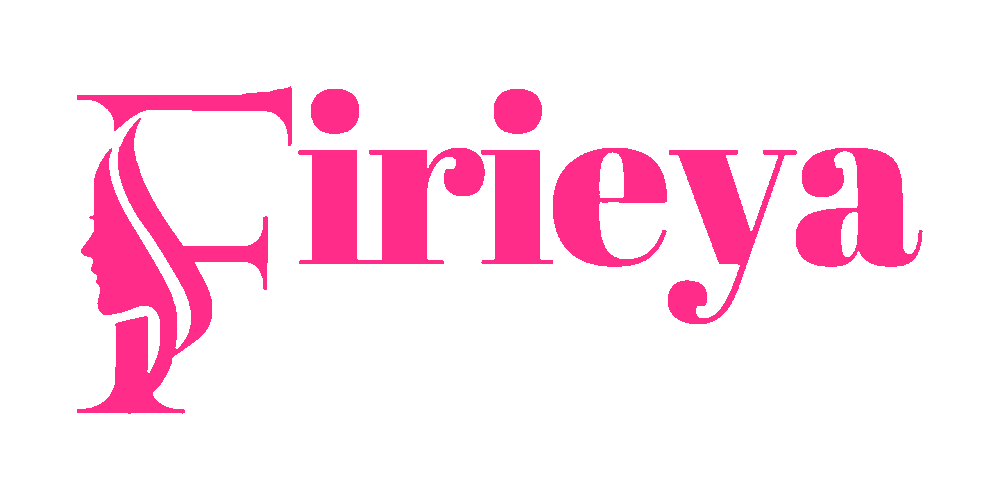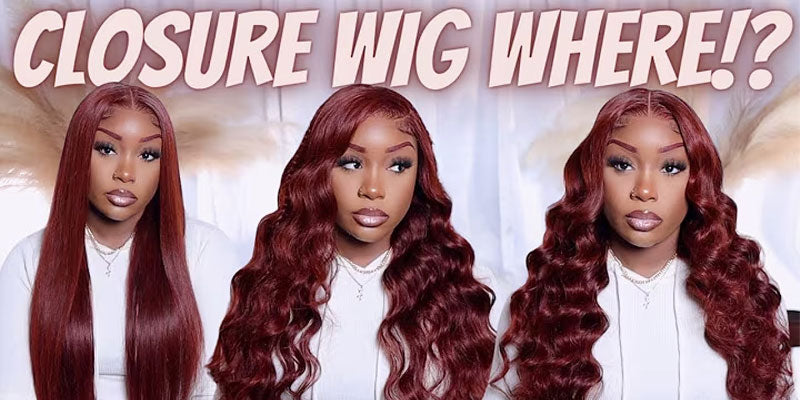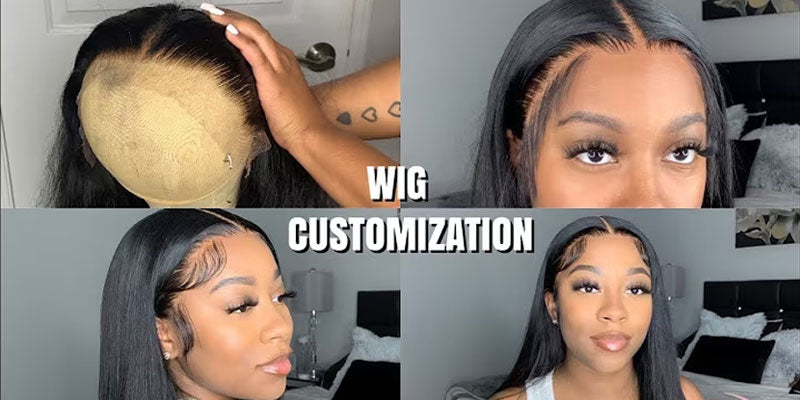Bangs can redefine your look, but they’re not a decision to make lightly. From face shape to daily styling, here’s how to determine if this bold change is right for you.
1. Face Shape Dictates Your Bang Style

Not all bangs suit all faces. Oval shapes can pull off blunt bangs, while round faces benefit from side-swept layers to elongate features. Square jawlines? Soft, wispy bangs soften angles. Always ask a stylist to map your cut to your bone structure.
2. Hair Texture: The Make-or-Break Factor
Fine hair risks looking sparse with heavy bangs, while thick hair might turn bulky. Wavy textures can embrace choppy bangs, but curly hair needs thinning to avoid a triangular silhouette.
3. Maintenance: More Than Just Trims

Blunt bangs demand salon visits every 3 weeks. If you hate upkeep, opt for longer, piece-y bangs that grow out seamlessly. Pro tip: Dry shampoo buys time between washes.
4. Lifestyle & Sticking to a Routine
Gym addicts, beware: Sweat can plaster short bangs to your forehead. Busy schedules clash with high-maintenance styles—prioritize cuts that air-dry naturally.
5. Why Curtain Bangs Deserve Special Attention

If uncertainty holds you back, curtain bangs are the ultimate gateway fringe. This ’70s-inspired style features parted, face-framing layers that blend into your hair, making them ideal for hesitant first-timers. Unlike blunt bangs, they require minimal styling (air-dry for effortless waves!) and adapt to any texture—fine, thick, or curly. Their tapered ends soften features for heart-shaped or square faces, while the center part avoids cowlick battles. Plus, they grow out gracefully into face-framing layers, sparing you awkward phases. Whether you’re a busy parent or a low-key minimalist, curtain bangs offer style without the struggle.
6. Climate & Hair’s Worst Enemies
Humidity frizzes blunt ends, while dry winters cause static. If your region has wild weather, avoid thick bangs and choose lighter, layered styles that resist chaos.
7. Cowlicks: The Hidden Saboteur
A stubborn crown cowlick? Forced bangs will rebel. Work with your natural part—side-swept or wispy bangs follow your hair’s flow, avoiding constant styling battles.
8. Skin Sensitivity & Breakout Risks
Bangs trap oils and sweat on your forehead. If you’re acne-prone, keep fringe light and wash your face thoroughly. Clip-backs help on no-styling days.
9. The Emotional Rollercoaster of Grow-Outs
All bangs eventually hit an awkward mid-length phase. Plan ahead: Can you tolerate 6 months of pins, headbands, or braids? If not, try clip-in bangs first.

 BUY 1 GET 1
BUY 1 GET 1












Leave a comment
All comments are moderated before being published.
This site is protected by hCaptcha and the hCaptcha Privacy Policy and Terms of Service apply.